The set lunch box is a fixture of the Japanese culinary establishment, even if there is a huge difference between the everyday dishes and those of the high cuisine. But even though they are starting to get pricey, there are ways to find bento that will not break the bank, if you have lunch for dinner. Read on to find out more.
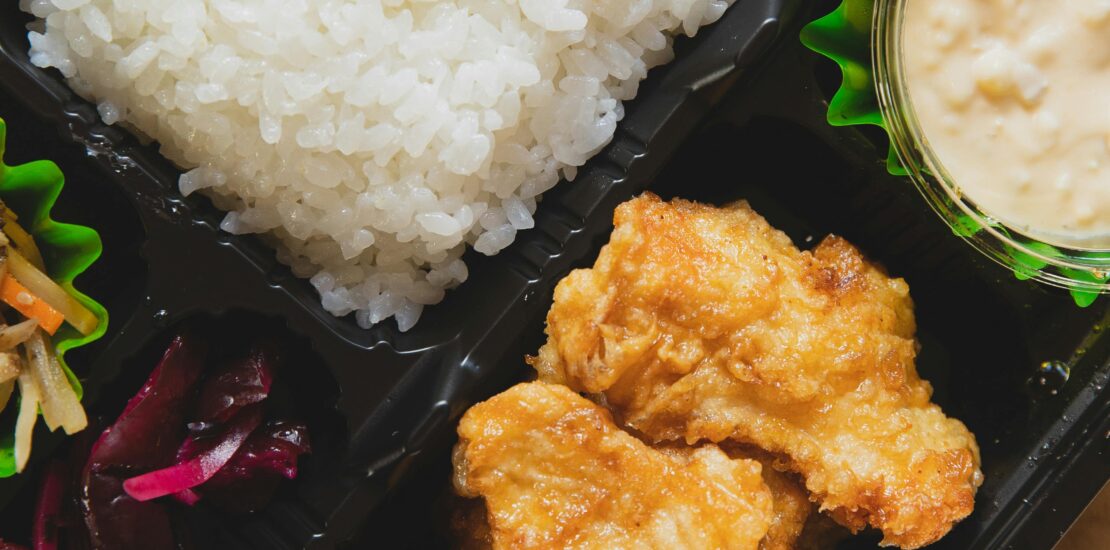
Eating out at every meal is likely to punch a huge hole in your travel budget. Prices in Japanese restaurants have gone up, and are continuing up, until locals even find the restaurants like Sukiya and Yoshinoya expensive. Locals chase prices, aiming at cutting a few yen off their meals, those hardest hit by retirement or unemployment persist on a diet of cup noodles and fish sausages.
Hunting Discounted Lunch Boxes
The huge contingent of retirees in Japan has replaced young workers as the main customers for ready-made lunches, often becoming dinner as well. Lunch boxes, known as bento (弁当), have a long tradition in Japan. Farmers would bring a ball of lightly kneaded rice with a simple filling (today’s onigiri) into the fields, whereas nobility on outings could muster tables full of small dishes, often housed in elaborate containers. When hosting high-ranked officials, the display would be as important as the taste (if not more), and that included the serving boxes.
Fancy Service of Small Meals
Today, you have to go to a really fancy restaurant to be served in a way that a feudal lord would have received their meals. At festivals, the bento boxes promoting local ingredients can be almost as fancy as the meals of a daimyo, but they will not be cheap (although considering the work that goes into making them, they are surprisingly reasonable).
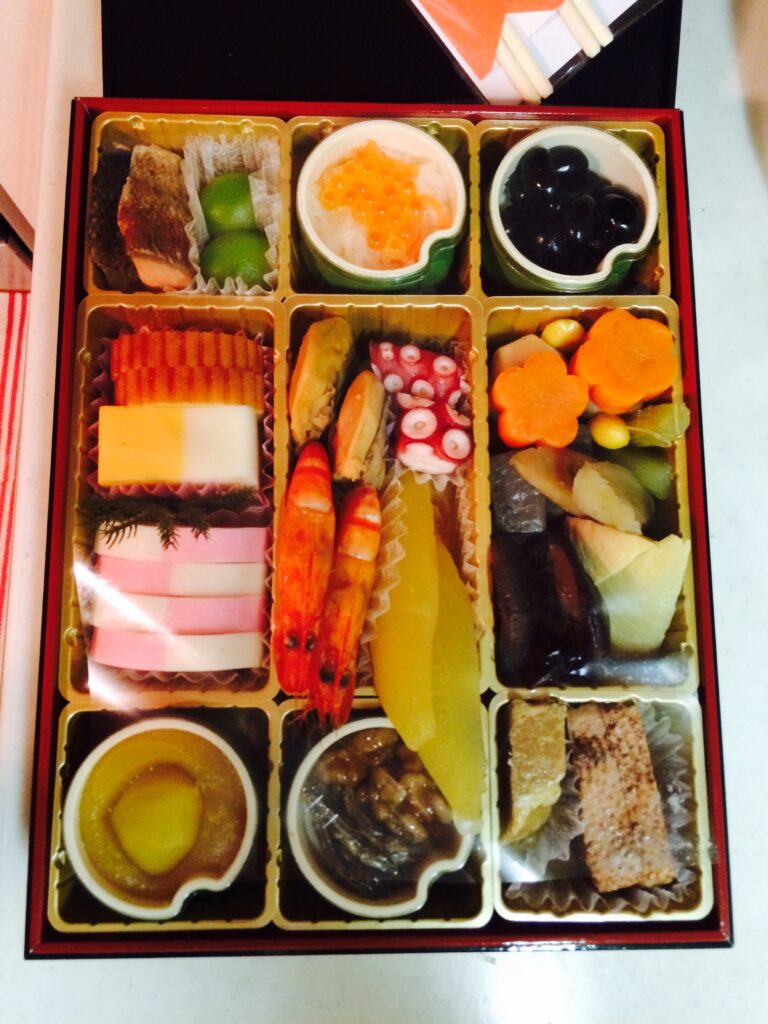
But those are not everyday bento boxes. And they are not at all as fancy as the food you would get in an upscale restaurant, either.
Every day Bento is Not for the Lords
The bento boxes you will find in grocery and convenience stores are a long shot from anything you would serve to a feudal lord. The everyday Japanese food culture, where housewives would prepare a hearty but simple meal for the family, was something completely different from the bento offering of most grocery or convenience stores.
While salads are part of the grocery store offering, they have a much wider variety on sale than the convenience stores. This typically includes dishes like okonomiyaki or gyoza, fried fish (which always always sell out before they are discounted), stews and hotpots, and traditional Japanese cooked vegetable dishes. Most of them are sold by themselves, not with rice, which you are expected to have at home.
Usually salad Bento
The anatomy of a bento box, usually a square plastic box with a transparent lid, is consistent: some pickled vegetables, a small dish (often spaghetti with tomato sauce or ketchup), and a rice bed with either nori on top and some fried fish. This is known as a ”noriben”, short for ”nori bento”. The other most common type has a bed of rice with a fried and breaded piece of meat (usually chicken or pork), often served as an ”oyakodon” (親子丼), which (in case of chicken) means that the chicken cutlet is served in an omelet. Oya means parent, and ko means child, and don means on top of rice.
More in the Grocery Store
Grocery stores typically have a much larger selection of bento than convenience stores, often made in the store kitchen, which often have huge windows to the store itself, so the customers can see the preparation process.
Convenience stores will not only have a limited selection of bento, but they will also have a smaller number. The convenience stores determine the number of products they order from the central kitchen so that they will be sure to sell out.
Lunch Boxes Can be Heated
Most bento boxes for things other than salads are made to be heated in the microwave. In convenience stores, they will offer to do it for you. But there are exceptions that will melt and make a horrible mess. Always check if there is a microwave mark on the lower tray, or if it says on the label how many minutes at what temperature they should be heated.
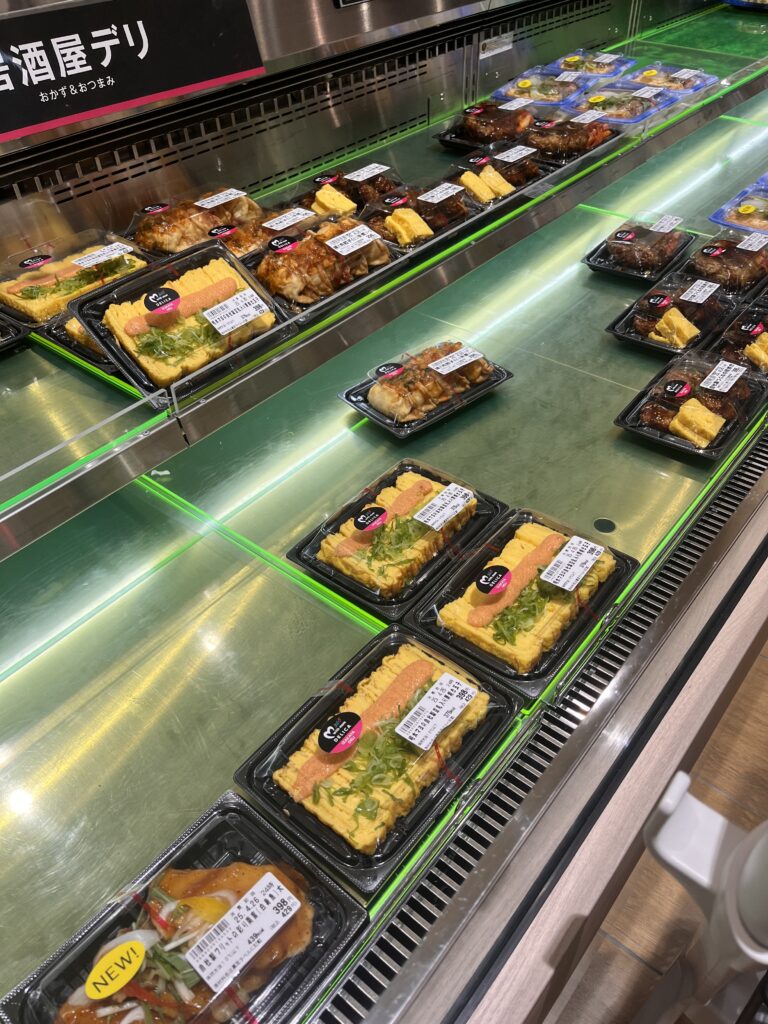
But grocery stores make their bento in the store. They are fresh, which means they have to be eaten the same day. And demand can be unpredictable, which means they often make more of one kind than they are able to sell at full price. So, a few hours before closing time, the stores start discounting their unsold bento boxes.
New Label for Discount
The date and time when the bento was made are written on the label, and this makes it possible to discount the least fresh bento first. Usually, this is done by a store employee putting new price tags (with, most importantly, a fresh barcode carrying the discounted price) on top of the bento price tags. If you are lucky, you can find a bento that has been discounted twice, which might mean it is down to half price.
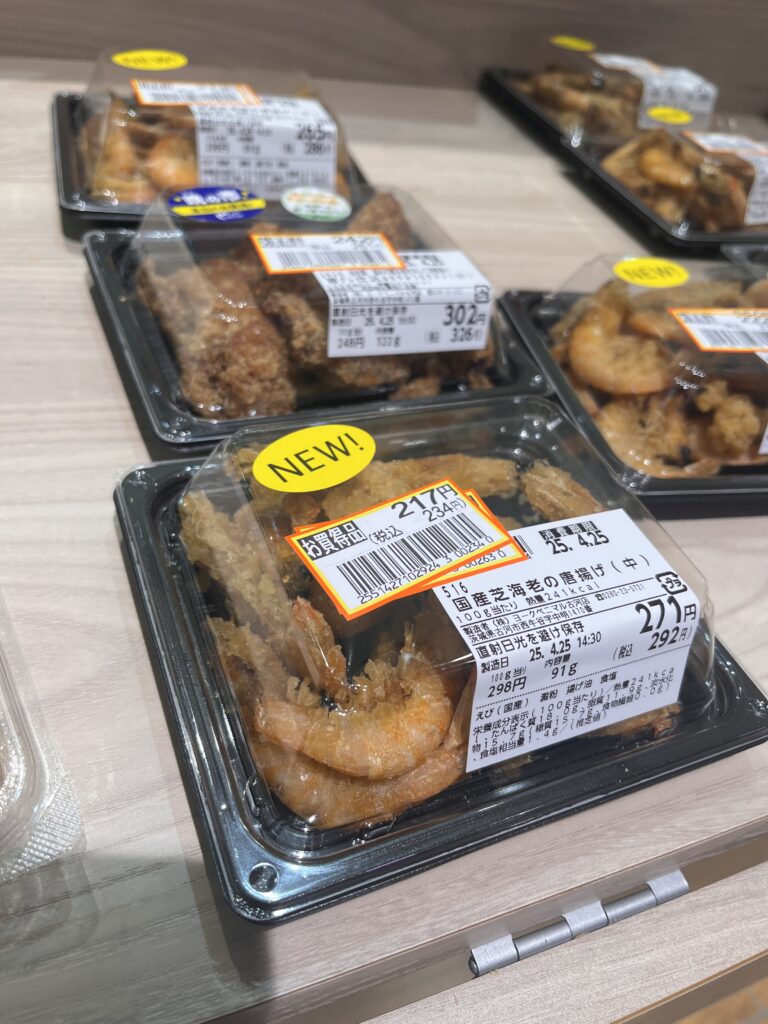
The grocery stores typically have shelves for other products that are going to pass their due date. It is an excellent way to pick up fresh fruit at reasonable prices, since fruit is usually very expensive. But the discounts can also apply to anything in the store. Canned foods, sauces, even wine and whisky can get a discount label. It pays to look around in the store to see where the discount shelf is.
Fish bento on discount.
Bento in Japan are not only sold through convenience stores like FamilyMart, Lawson, and 7–11, or through supermarkets. There are lunch box suppliers who do nothing but make lunch boxes.
No Discount in Bento Kitchen
The big chains like Hotto Motto and Origin Bento do not give much of a discount on their products. But they are not the only bento vendors. If you are lucky and can find a local bento maker, their bento is usually cheaper than both the chains and the supermarkets.
But unless you absolutely have to have a bento box, the better value is in the onigiri. Not the small onigiri you will find in the convenience stores, but the big ”bagudanonigiri” (bomb onigiri). Typically three times larger than the ”regular” onigiri, only supermarkets and some convenience stores (in particular Daily Yamazaki) have them. The fillings are the same as the smaller onigiri, but of course, there is more of it.
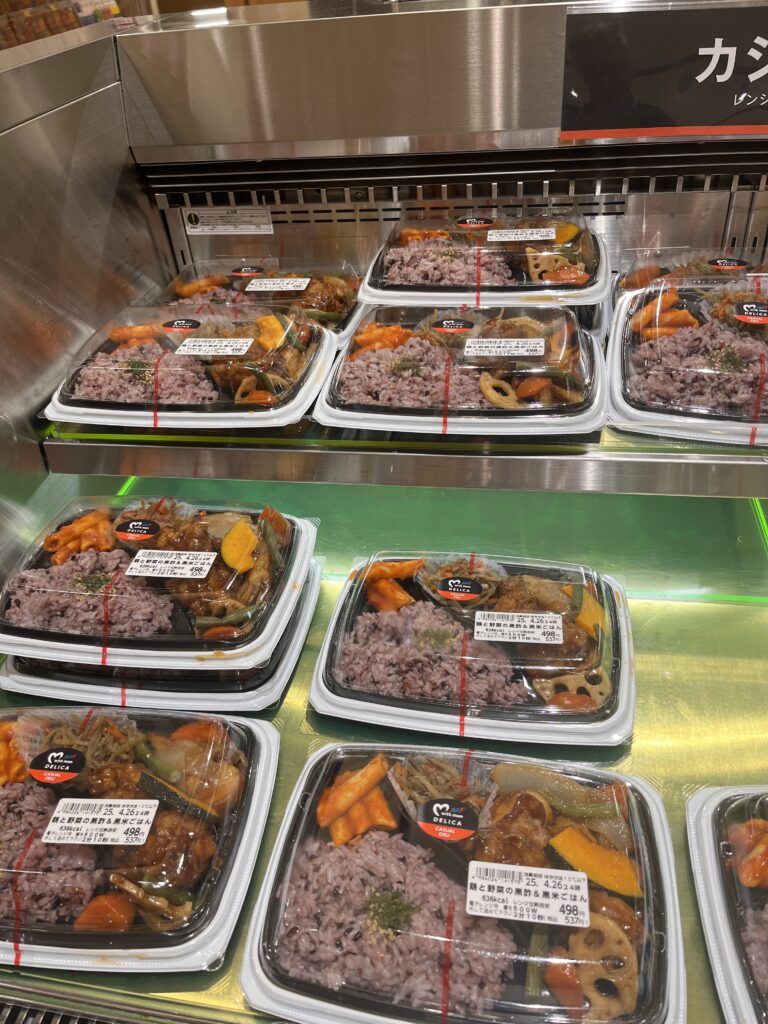
And while they are much better value in themselves than the regular bento, it gets even better in the morning, when yesterday’s onigiri are discounted.
Stay tuned for more exciting content like this! Follow us on our social media platforms and check out our blog regularly to stay updated on the latest news, trends, and insider stories from Japan. Don’t miss out on future updates—sign up for our newsletter for exclusive content delivered straight to your inbox!
Related Articles
Warning: Undefined array key "sfsi_threadsIcon_order" in /home/veremosglobal/tokyoroomfinder.com/public_html/blog/wp-content/plugins/ultimate-social-media-icons/libs/controllers/sfsi_frontpopUp.php on line 165
Warning: Undefined array key "sfsi_blueskyIcon_order" in /home/veremosglobal/tokyoroomfinder.com/public_html/blog/wp-content/plugins/ultimate-social-media-icons/libs/controllers/sfsi_frontpopUp.php on line 170
Warning: Undefined array key "sfsi_bluesky_display" in /home/veremosglobal/tokyoroomfinder.com/public_html/blog/wp-content/plugins/ultimate-social-media-icons/libs/controllers/sfsi_frontpopUp.php on line 266



